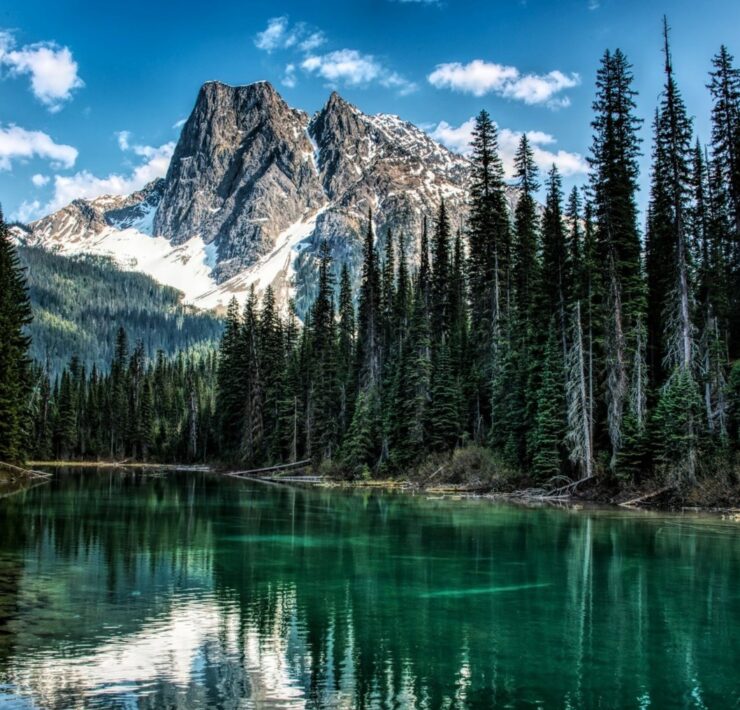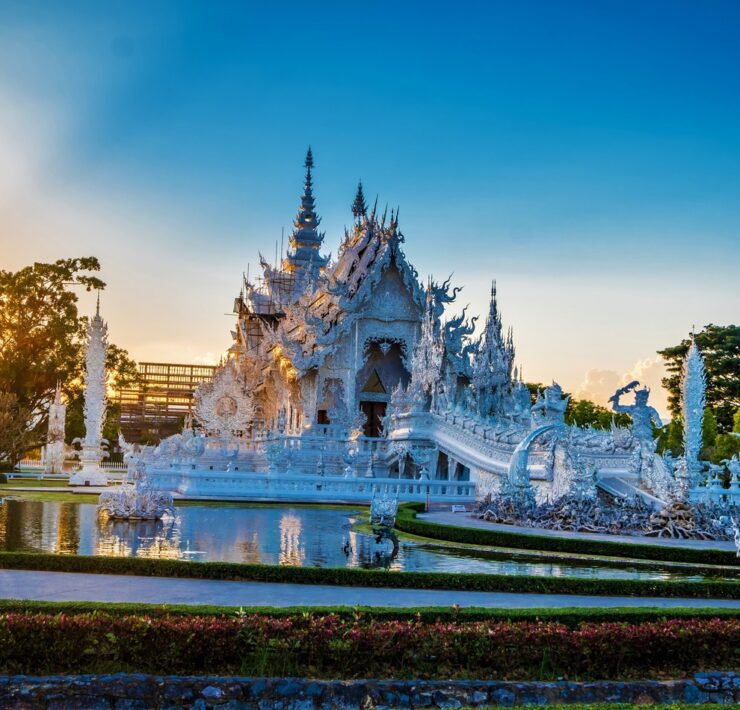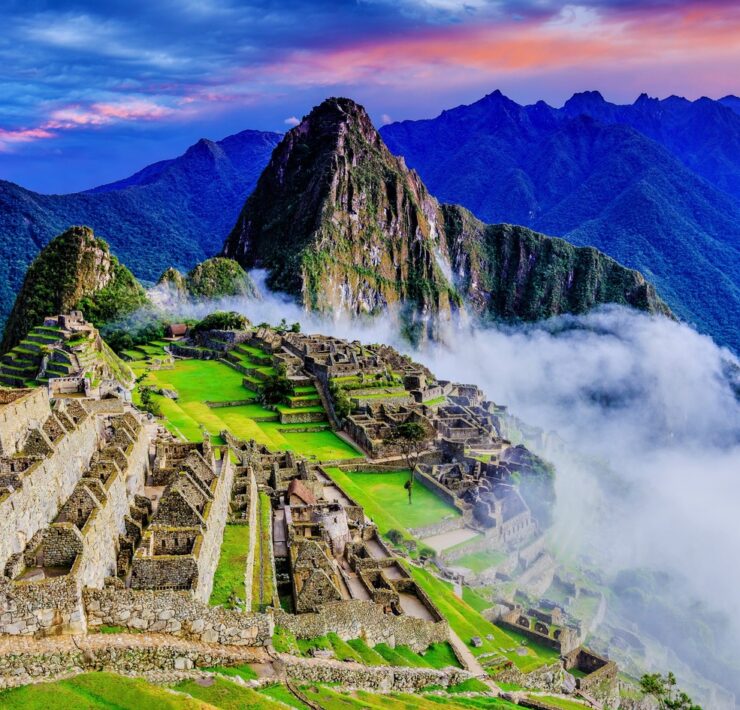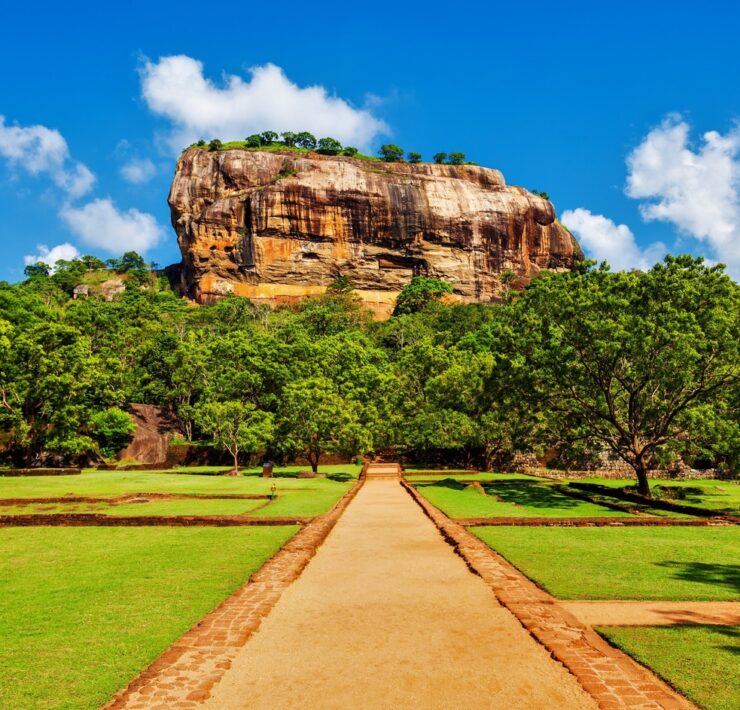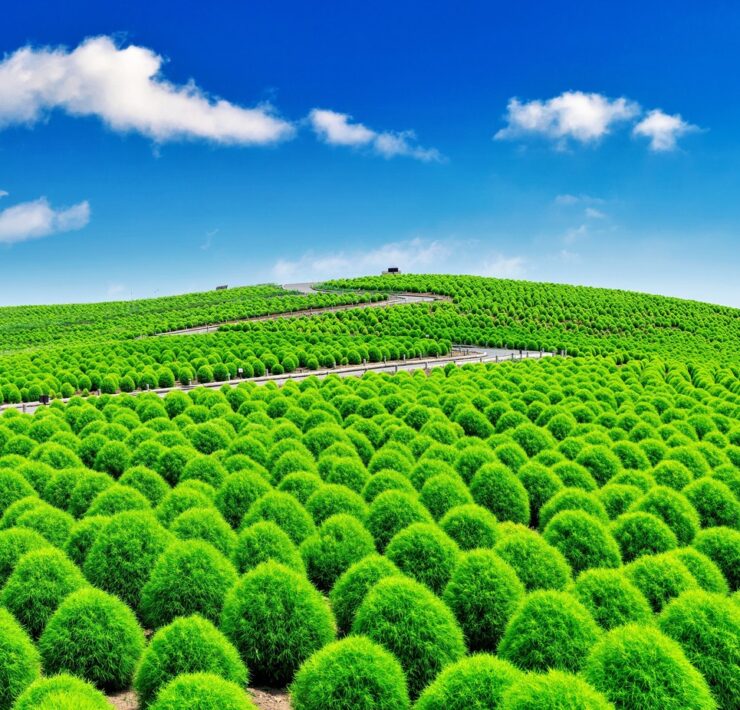Somapura Mahavira is one of Bangladesh’s remaining treasures that holds not only an impressive architecture and wall art, but also a history worth knowing. Bangladesh’s largest-known monastery, the Somapura Mahavihara, is located at the small village of Paharpur which is just 5 kilometers west of Jamalganj in the greater Rajshahi district. It is known as the Most Important Bangladesh Archaeological Site and also a UNESCO World Heritage Site, declared in December 1985 during the 9th session of the World Heritage Committee meeting in Paris, France.
Somapura Mahavira is one of the five great monasteries that stood during the Pala period in ancient Bengal and Magadha. These monasteries formed a network understate supervision and a system of coordination. Through the Pahapur excavation, it was found out that the Second Pala king, Dharmapala, built the great Somapura Mahavira. This was realized from the clay seals and inscriptions discovered in the excavation site.
The inscriptions further suggested that the great Buddhist vihara (monastery) was destroyed by a fire which also killed the Vipulashrimitra’s ancestor Karunashrimitra. The tragedy happened when the Vanga army conquered the monastery in the 11th century. After a century, the monastery was renovated by Vipulashrimitra and added a Temple of Tara. The renewed Somapura Mahavira became a place for scholars and Tibetan monks during the 9th and 12th centuries.
But after those centuries, the Somapura Mahavira started to decline under the rule of the Sena Dynasty. When the area became under the Muslim occupation in the 13th century, the monastery was finally abandoned.
Even though it’s already in ruins, you can still visit the majestic Somapura Mahavira. The 27-acre monastery has a square plan that houses 177 cells (45 cells on the north and 44 on the rest of the sides) that monks use for accommodation and meditation. The monastery was used as a place for learning Dharmic traditions such as Buddhists, Jains, and Hindus.
There’s also a museum built here in 1970. It features the objects recovered around the area which include terracotta plaques, images of different gods and goddesses, potteries, coin inscriptions, ornamental bricks and different clay objects.
Bangladesh is near India but what’s intriguing is the monastery’s architecture that nearly resembles those temples that you can see in Southeast Asian countries like Myanmar, Java and Cambodia. Among these Southeast Asian features include the cruciform basement, the terraced structure with inset chambers, and the pyramid form.
When On Earth Magazine is for people who love travel. We provide informative travel guides, tips, ideas and advice regarding places to see, things to do, what to taste, and much more for world travelers seeking their next dream vacation destination.

